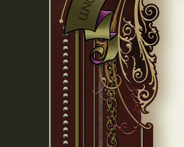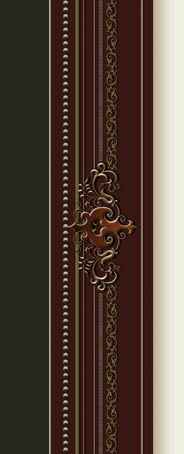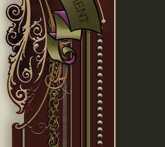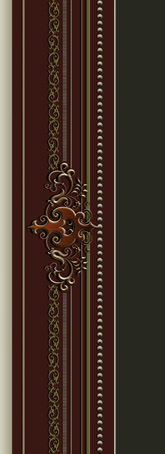 |
||||
 |
||||
|
|
||||
 |
ACCOUNT LOGIN |  |
YOUR CART |  |
 
|
Installing Your Fonts
How do I install my fonts in Windows?
The following tutorial explains how to extract your font files from the downloaded packages and then install them easily in Windows. Although this video is dated, this method still works with all modern versions of Windows.
How do I install my fonts on a Mac? The following tutorial explains how to install your font files quickly and easily in Mac OS X.
How do I install my fonts on a iPad or iPhone? While Mac iOS does support the use of .OTF fonts, it does not make it easy to install them by default. You will need a third party app for unzipping the font package, such as WinZip for iOS. You will also need third party app for installing the fonts, such as iFont. Some of the third party font installers have the unzipping functions already built in.
You might find this article or this one helpful. Why aren't the fonts appearing in my application's list? The application was open during installation
Most applications require that they are closed when you install the fonts. If the fonts are not appearing in the list, restart the application for the changes to take effect. Not looking for correct name All Letterhead fonts begin with the preface "LHF". For example, this means that the Unlovable font is actually named LHF Unlovable and therefore would appear within the L's in alphabetical order. Fonts not installed correctly Please make sure that you have followed the instructions for installing the fonts and that you have properly extracted the fonts from the .zip package they came in. Attempting to place the .zip package itself into the Font folder will not install the fonts. They must be extracted first. A good test is to see if the fonts are available in default system applications such as WordPad (PC) or SimpleText (Mac). If the fonts appear there, then the fonts are installed correctly and the problem is something else. Fonts still need to be added to the program Some applications require you to manually add the fonts after you have installed them in the system Fonts folder. SignLab and Omega are two applications that behave this way (instructions for those can be found on this page). Application doesn't support Postscript OpenType fonts If your application is very old, there is a chance that it cannot use Postscript OpenType fonts at all. Check the application compatibility chart. If you are still in doubt as to whether your applications can use Postscript OpenType fonts, please download and install our .OTF test font. Unable to install. "File is either invalid or damaged"
You will receive this error on Windows when you attempt to drag the compressed .zip package you downloaded to the Font folder. Windows is expecting font files, not a .zip package, so it returns this error message. Never try to place a .zip file in the Fonts folder. You must first extract the fonts from the package you downloaded. After you have properly opened the package, you may install them. Neither can you simply double-click on a .zip package and drag the fonts into the Fonts folder. You will receive the same error if you try to do that. Always extract the fonts from the .zip package first. Then follow the instructions on this page for installing your fonts.
Letters appear jagged after installing Applications were open when the font was installed. It is important to ensure that all programs are closed when installing your fonts. Simply restarting the computer should fix the issue. If the problem remains after restarting the computer, uninstall the font, then restart the computer and reinstall the font. This primarily affects Adobe products on the Mac.
Fonts not showing up in CorelDraw CorelDraw allows you to turn off certain types of fonts. Assuming you have installed the fonts correctly into the system, it is likely that you have turned off the option to display Type 1 fonts. To remedy this, create a new file in CorelDraw. Then go to: Tools > Options > Text > Fonts and make sure you have Show Type 1 Fonts checked.
How do I install my fonts in Gerber Omega? To use PostScript OpenType fonts in Gerber Omega, you will need to use the TrueType Font Converter. Go to:
Start > Programs > GSP Omega > TT Font Converter and select the font you want to convert and click the Convert button. Watch the following video from Gerber:
How do I install my fonts in SignLab? Ensure that SignLab is closed and follow the instructions on this page for installing the fonts into the Windows Fonts folder. Next, open SignLab and go to: File > Install > Fonts. Make sure that Locate TrueType / OpenType fonts is checked. Make sure that Look in is set to C:\Fonts (which in itself is confusing since the actual path is C:\Windows\Fonts) and click the Search Now button. Select your new fonts from the list and click the Install button. Note: If you are installing a layered font set, be sure to read about this SignLab quirk and how to fix it.
|
  |
|||
 |
 |
||||

|
|||||
|
CONTACT
|
|
|
|
|
|
|